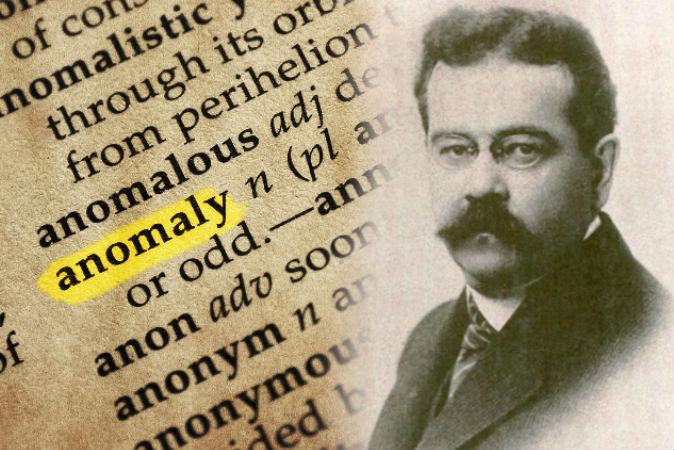Many people are familiar with the novel “Robinson Crusoe,” a story written by the 17th/18th century English writer, Daniel Defoe. In the novel, the eponymous character is said to have been stranded on a remote island in the Caribbean for almost 28 years. Defoe’s fictional tale may have been based on true stories of castaways, one of them being Alexander Selkirk, a Scotsman who was a contemporary of the writer.

Bronze statue of Alexander Selkirk at the site of his original house on Main Street, Lower Largo Fife, Scotland. Sylvia Stanley/Wikimedia Commons





